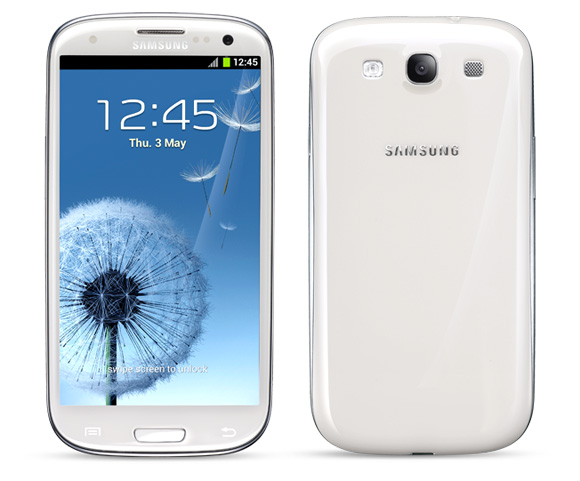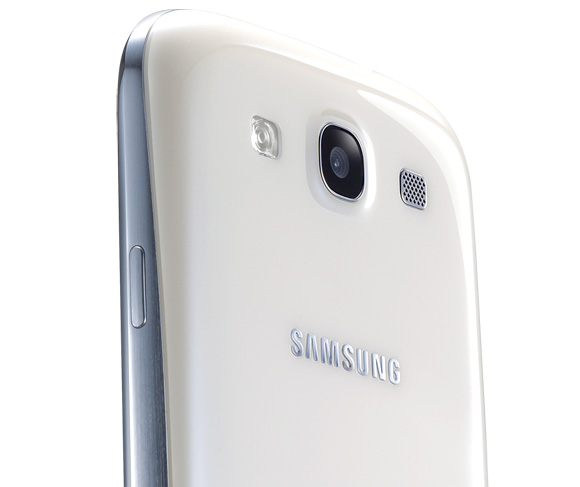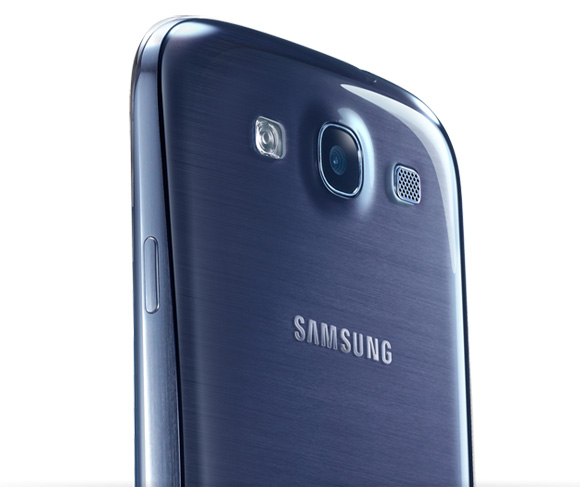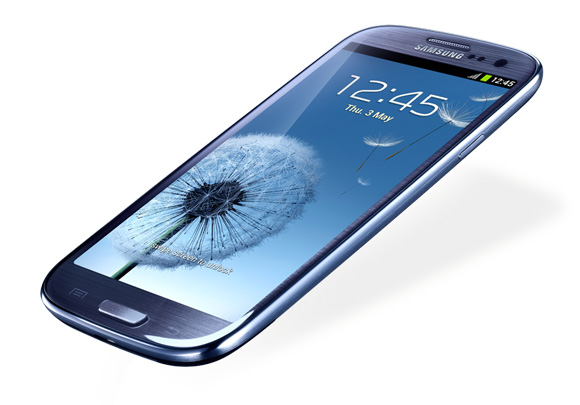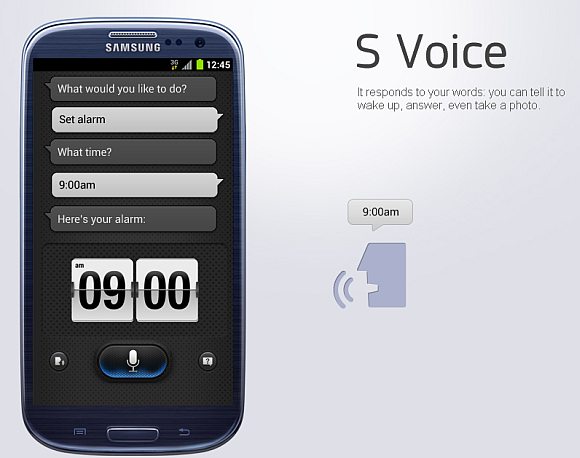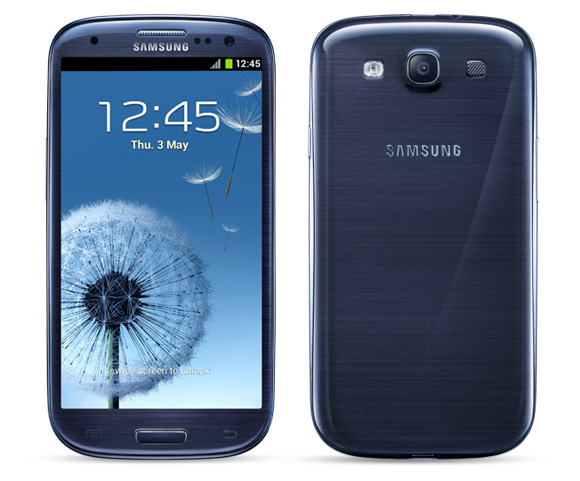After so much hype, rumous and speculation, the Samsung Galaxy S III is finally here and most of the rumours are surprisingly true. Major specs for the latest and greatest from the Korean technology powerhouse include Android 4.0.4 Ice Cream Sandwich OS, a 4.8-inch HD Super AMOLED display packing a resolution of 1280×720 pixels. Unlike its predecessor the Galaxy S II, the Galaxy S III uses a PenTile AMOLED display without the “Plus” moniker which is similar to the Galaxy Nexus. However with a higher resolution and density of 306ppi, the shortcomings should be negligible.
And as the rumours predicted, the Galaxy S III also packs an 8MP main camera with a backlit sensor and is capable of shooting 1080p videos. The camera also features “Zero Shutter Lag” and burst mode capabilities. In burst mode, the Galaxy S III can shoot up to 20 frames in a single shot at a reported 3.3FPS. As comparison, the HTC One X shoots up to 99 frames at 4FPS. It comes with a “Best Shot” feature where it automatically selects the best picture from a series of eight shots taken in a burst.
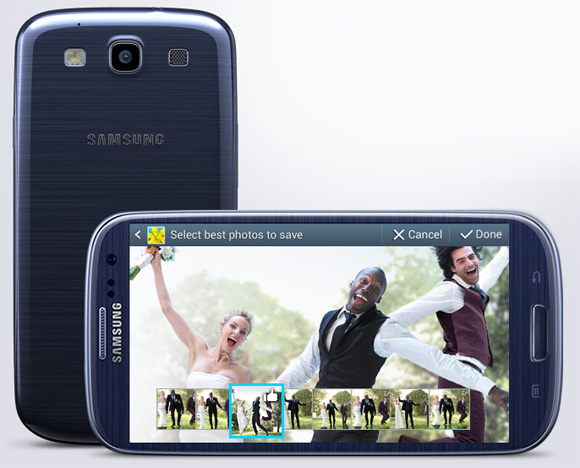
Speaking of cameras, the front unit is a 1.9MP shooter capable of shooting 720p videos and is utilized extensively with Samsung’s Smart Stay technology where the camera tracks the user’s eye to determine if the screen is required to be switched on or not. If the user averts his attention from the screen, the front camera is able to detect that and the Galaxy S III will go to sleep mode. This is an elegant solution as opposed to the preset timed intervals currently being used by other smartphones.
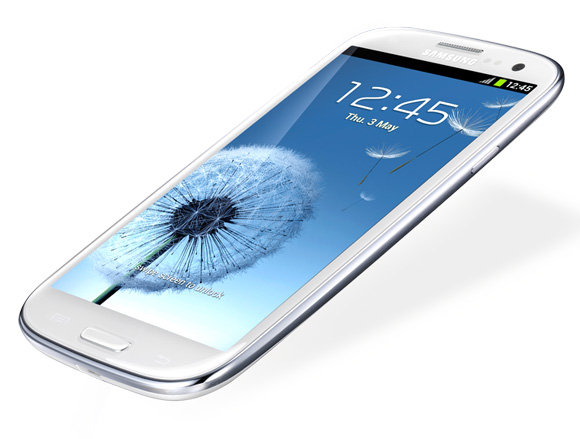
In terms of dimensions, nothing groundbreaking here with the Galaxy S III measures 136.6mm tall, 70.6mm wide, 8.6mm thin and weighs 133g. Compared to the Galaxy S II, the new model is 0.11mm thicker and 17 grams heavier. Similarly, Samsung has chosen to stay with the tried and tested plastic as the primary construction material for the Galaxy S III. There’s no fancy ceramics as purported in the rumours. Curiously also, Samsung has opted to go with a more traditional two-piece design ncorporating a removable battery (a rather large 2,100 mAh unit) and memory card slot as opposed to the current trend of a single-piece polycarbonate chassis widely used by its competitors.
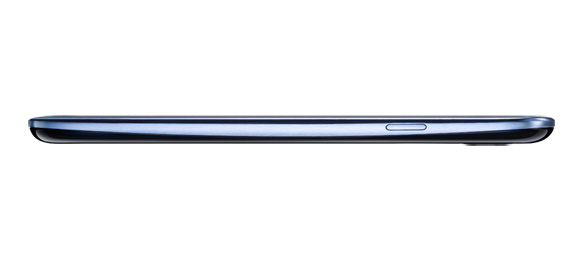
If we can be honest, the design of the Galaxy S III looks rather ordinary compared to what the competitors are putting out. This is probably mainly because, it looks almost like the Galaxy Nexus, and while the white colour option will probably popular, the blue hue may not be as well received as perhaps a black or dark grey tone.
There are no surprises in the processor department either with Samsung earlier confirming that the Galaxy S III will be showcasing it’s latest quad-core Exynos processor running at 1.4GHz mated to a 1GB RAM. There are three internal storage options for the Galaxy S III – 16GB, 32GB and 64GB. Apart from microSD expansion, Samsung is also bundling a rather generous 50GB of DropBox storage for 2 years. Powering the device is a relatively large 2,100mAh battery. In case you’re wondering, the Galaxy S III will support 21Mbps HSPA+ connectivity.
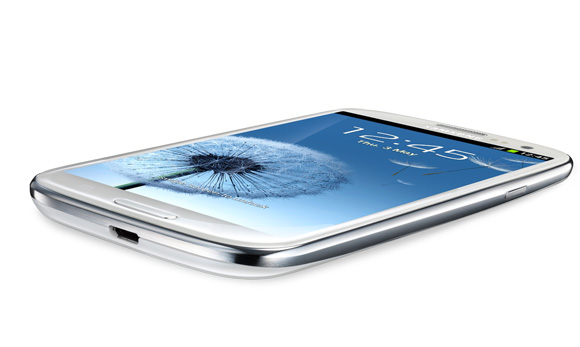
As you can see, hardware is not the Galaxy S III’s trump card, instead most of the device’s innovation lie in the fascinating software customizations that places emphasis on what Samsung calls “natural interaction”.
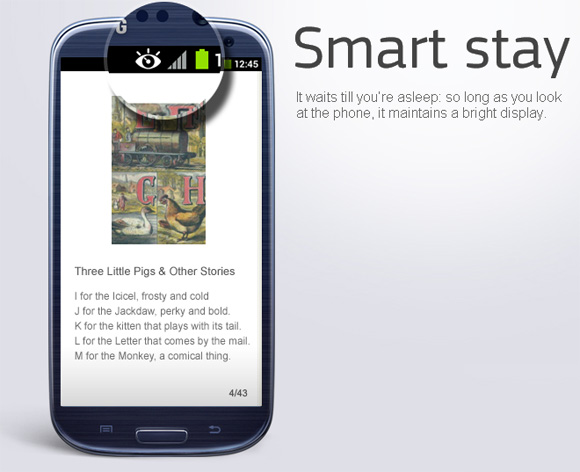
As mentioned earlier there is the “Smart Stay” technology that uses the front-facing camera to track your eyes ensuring that the screen is always switched on while you’re looking at it. In addition to that Samsung has the developed its most advanced voice command application to-date. The feature is called “S Voice” and it is customizable to recognize a host of commands at any time including the ability to activate the camera or snooze the alarm simply by saying the assigned voice commands.
Voice recognition is also being used as an added security feature to enhance the standard Face Unlock feature available in ICS. So instead of just showing your face to the phone to unlock it, the Galaxy S III adds a voice layer as an added security feature requiring you to say a command before the phone can be unlocked.
There is also the “S Beam” feature which takes the built-in “Android Beam” NFC capability of ICS and expands it functionality to allow large files to be transferred between phones quickly through WiFi. Other smart features include “Pop Up Play” which lets you watch a video anywhere on the screen while continuing to use other apps in the background.

For social, Samsung has added several new features with regards to photos and sharing. After taking a picture, it will automatically pre-tag faces based on your contact list images. If you need to share it, there’s a buddy photo sharing feature that lets you send a copy to those being tagged. To make communication seamless, you are able to make call or text your contacts by simply tapping on the faces that have been tagged.
And that’s pretty much it. In terms of availability, the Galaxy S III will be launched in 145 countries with 296 mobile operators worldwide. The 3G HSPA+ version of the Galaxy S III will be on sale starting from Europe on May 29. Based on recent Samsung device launches, Malaysia Galaxy S III availability should follow closely. It is likely that we are looking at June or as early as end May considering its rivals are able to roll out globally within a short period of time. It is reasonable to expect the Galaxy S III to be priced very competitively with its closes competitor, the HTC One X. So expect a price range of between RM1,900 to RM2,200 for the 16GB or even the 32GB version.
What do we think about the Galaxy S III. In a nutshell: amazing features wrapped around a rather ordinary casing. However, we’ll reserve our final judgment when we get our hands on the device to see if the smart features can really make up for the humdrum exterior. Stay tuned.
To explore the Galaxy S III, head over to their microsite.
Galaxy S III commercial
Galaxy S III official hands-on
Galaxy S III images
